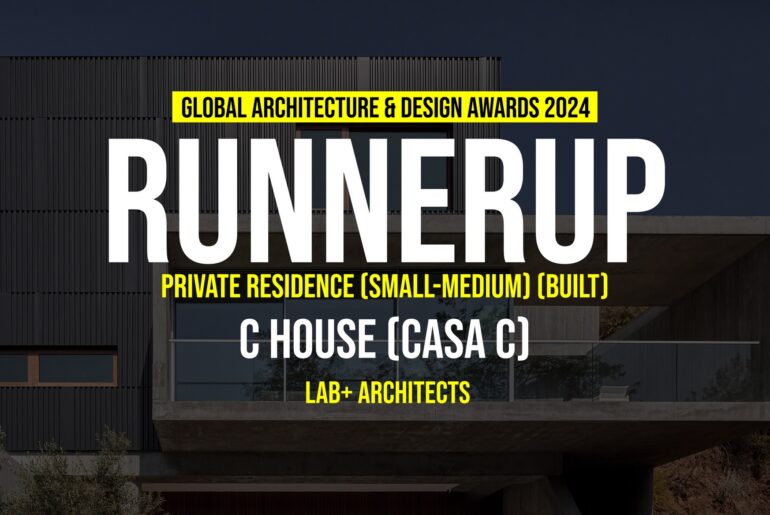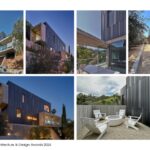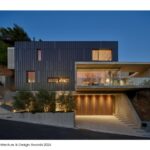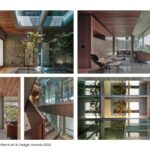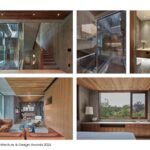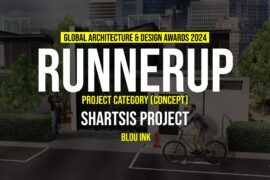C House is nestled into an upslope lot in the historic Hollywood Hills Oaks neighborhood of Los Angeles. It utilizes the ‘house as the retaining wall’ planning and engineering approach like many architecturally noteworthy homes dotting the hillsides of Los Angeles.
Global Design & Architecture Design Awards 2024
Second Award | Private Residence (Small-Medium) (Built)
Project Name: C House (Casa C)
Category: Private Residence (Small-Medium) (Built)
Studio Name: LAB+ Architects
Design Team: Andrew Liang – Principal; Tuoxin Li – Project Architect, Michael den Hartog, Nick Ma, JC Franco – Project Team;
Area: 3,100 sq. ft. (288 sq. meters)
Year: November 2023
Location: Los Angeles, California USA
Consultants: CW Howe Structural: Katie Baad – Principal, Martin Guzman – Principal, Orlando Teran – Project Engineer; Byer Geotechnical: Bob Zweigler Principal Geologist; LC Engineering – Jorge Acevedo – Civil Engineer.
Photography Credits: Fotoworks/Benny Chan
Render Credits: Design Raum
Other Credits:
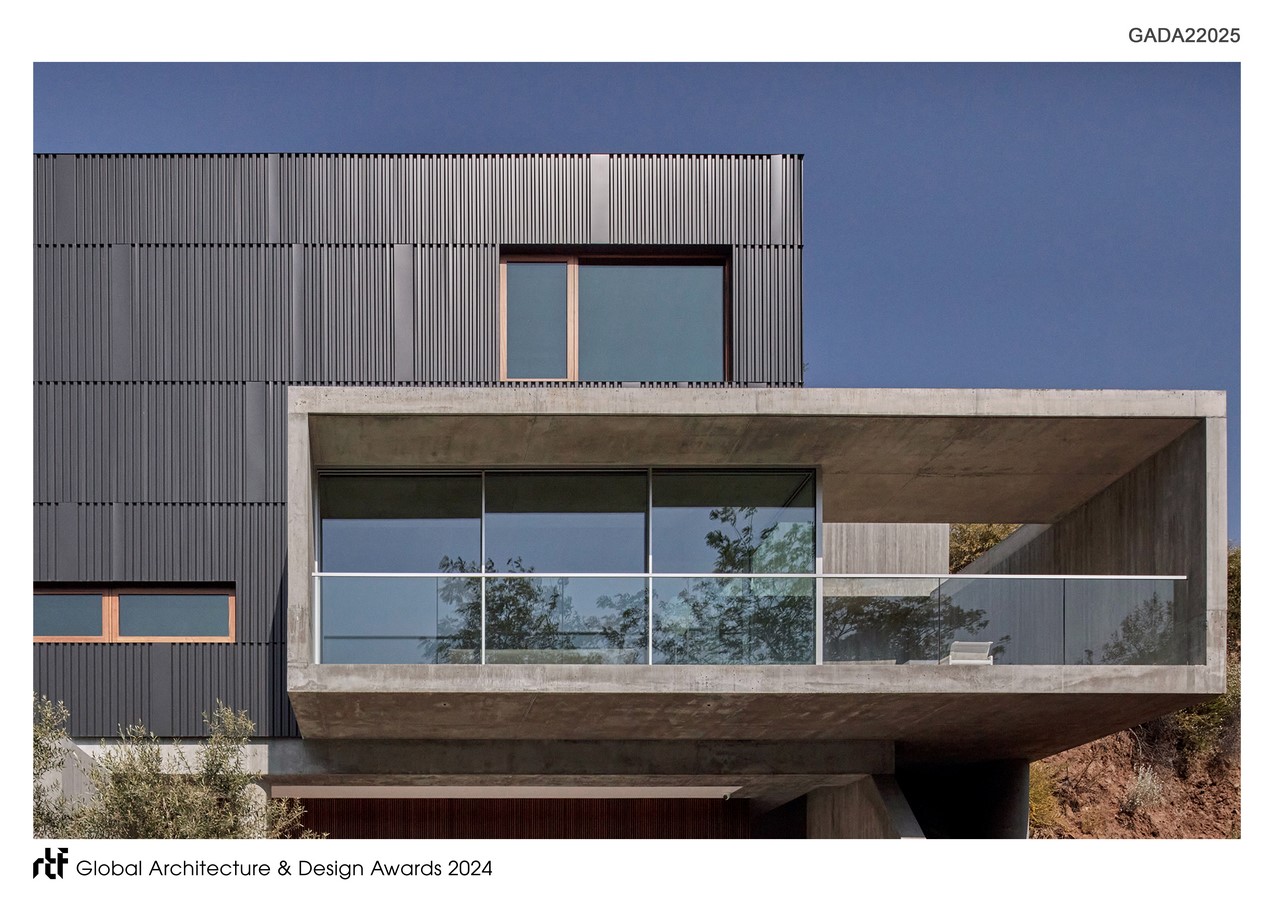
The lower two stories are mostly embraced on 3-sides by the hill, with the 3rd floor completely breaking free and offering day light on all 4-sides of the home. One of the main design challenges with an upslope site is channeling natural light and ventilation into and throughout the home.
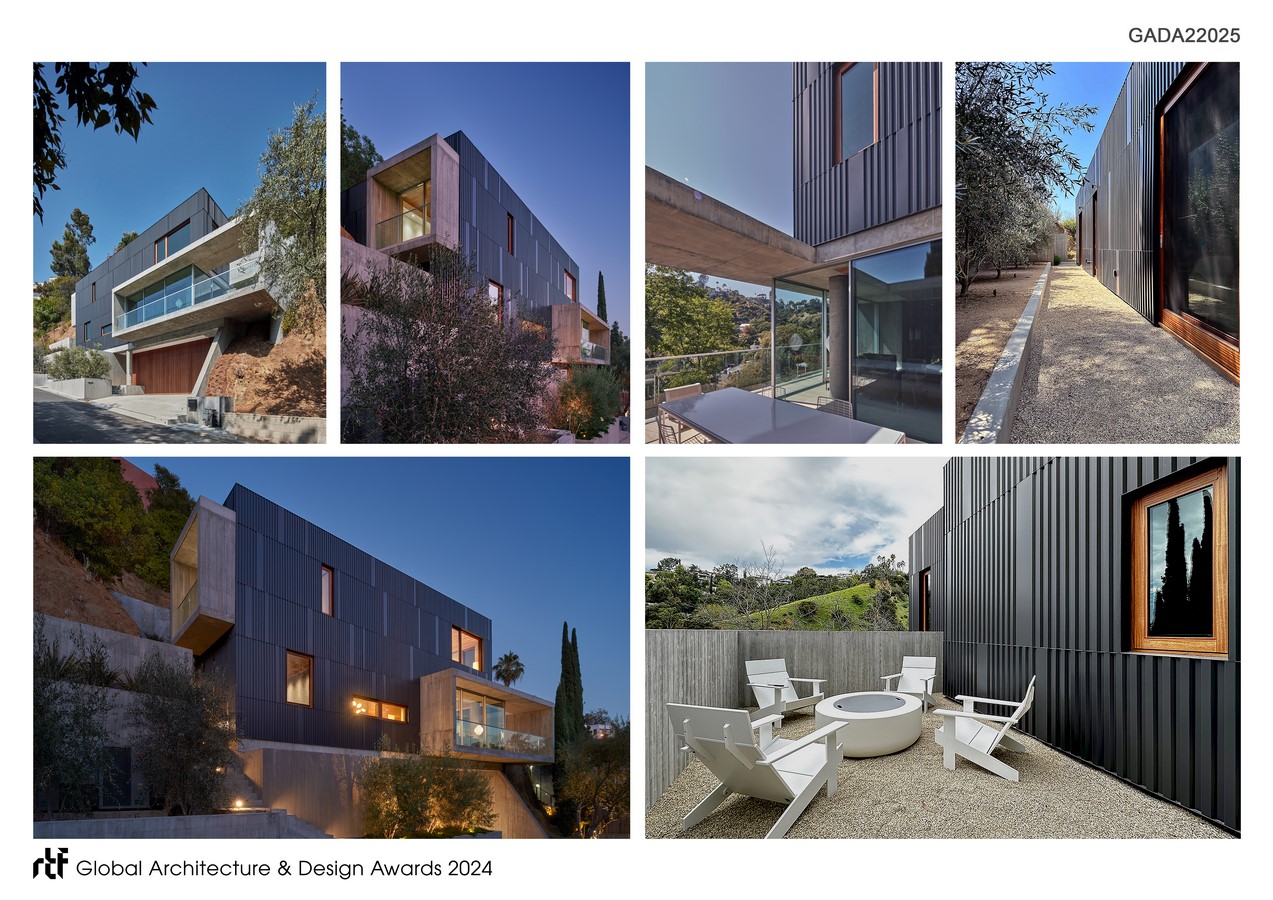
The house utilizes an interior atrium to accomplish both. Architectural concrete construction with vertical board form finish is used for both its robust structural and aesthetic qualities.

The planning and building codes governing a hillside project are strict therefore the architect must be subservient to such limitations in the initial site and building planning work. After having identified and developed the basic building envelope, functional program distribution, formal and spatial ideation can start. For most hillside projects structural solutions are typically limited to a set of default logic therefore must be considered and evaluated very early in the design process relative to formal explorations and development.

C House birthed out of the necessity of finding creative possibilities within the limitations of regulation, the practicalities of structural and constructability solutions. The house is designed to be a panoptic receptor of the hills and canyon that is its natural surroundings. Views are framed by different sized apertures throughout the house sometimes expansive sometimes limiting but always mediating the inhabitants’ experience between architecture, space and nature. The central atrium is a large window to the sky and is a constant modulating natural light source that is in a constant relationship to the condition of the sky and the passing hours of the day.

The central atrium is not only a source for natural light, but also a ventilation and cooling devise. The home is designed to take advantage of a southwest to northeast prevailing wind and together with the central atrium the house can be passively cooled during the warmer months. Mechanical Heating and cooling of the home are managed by a dual stage hydronic, micro-zoned system powered by two heat pumps. An 8-kW rooftop solar system supplies the electrical needs of the house during the day and feeds unused generated power back to the utility grid. The defining characteristic of the house is its material ensemble working together to create a symphonic experience of form and space.

